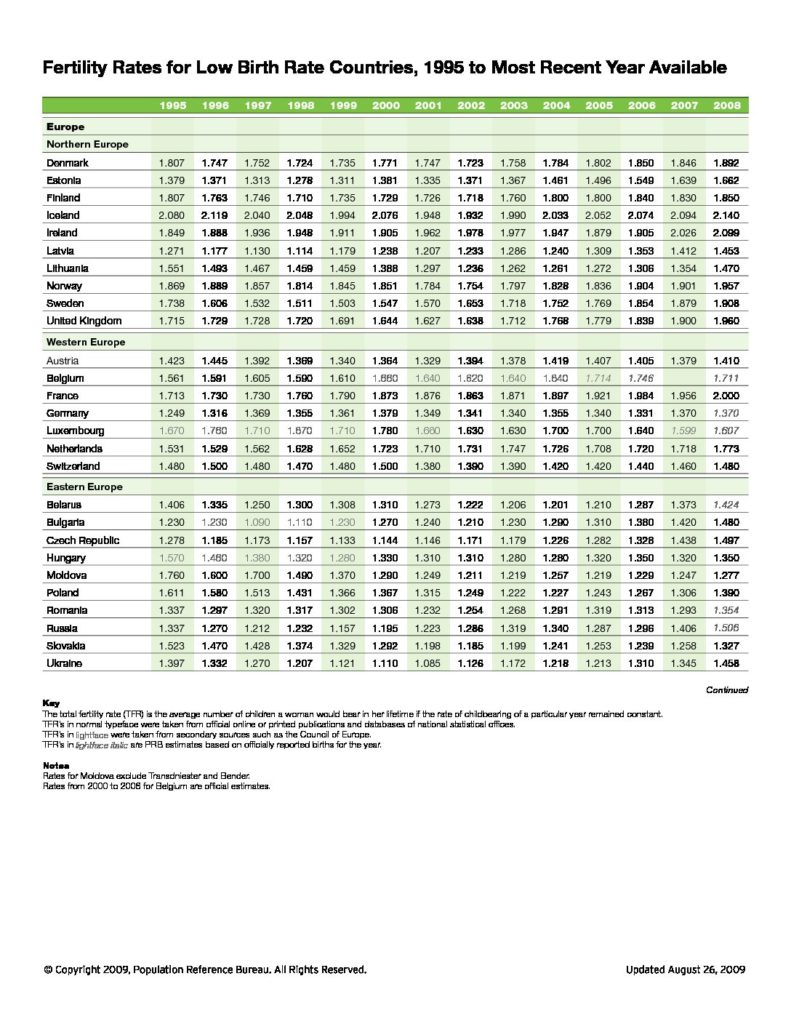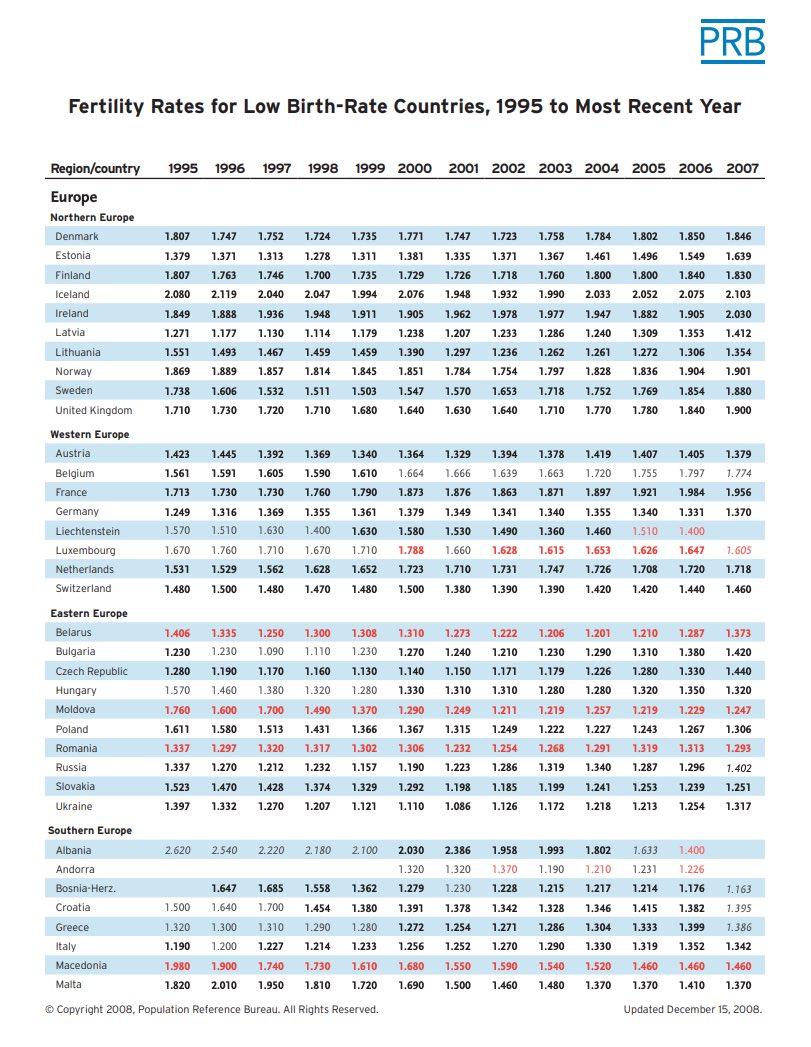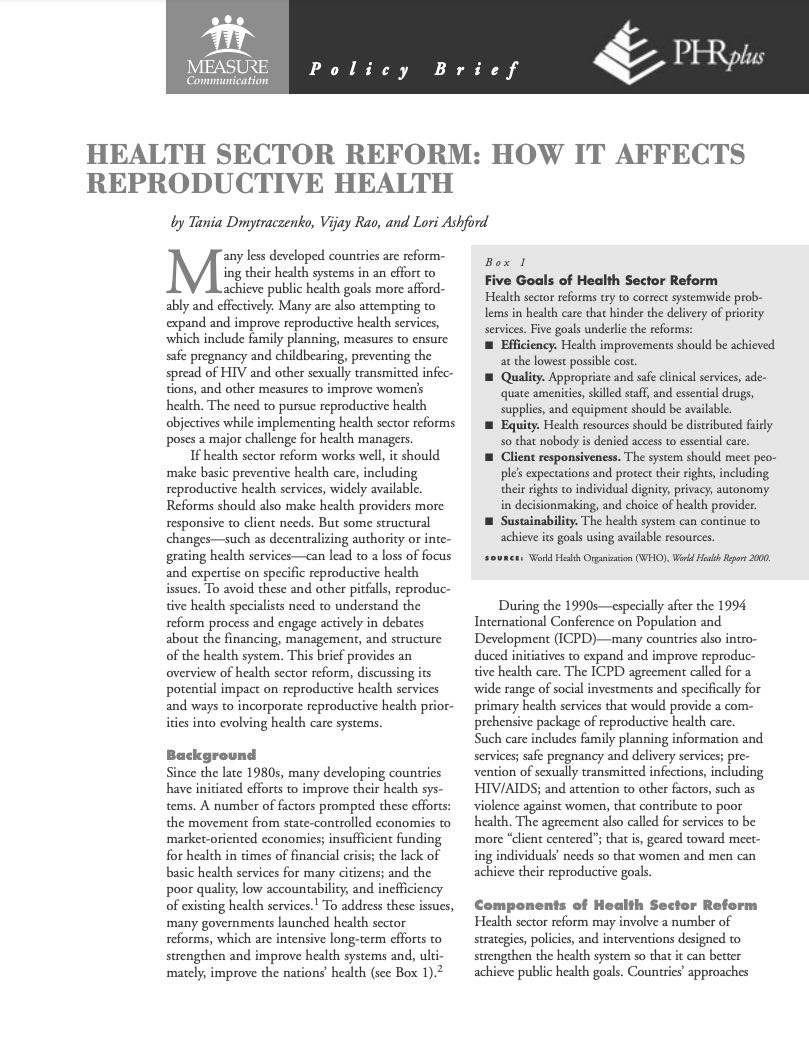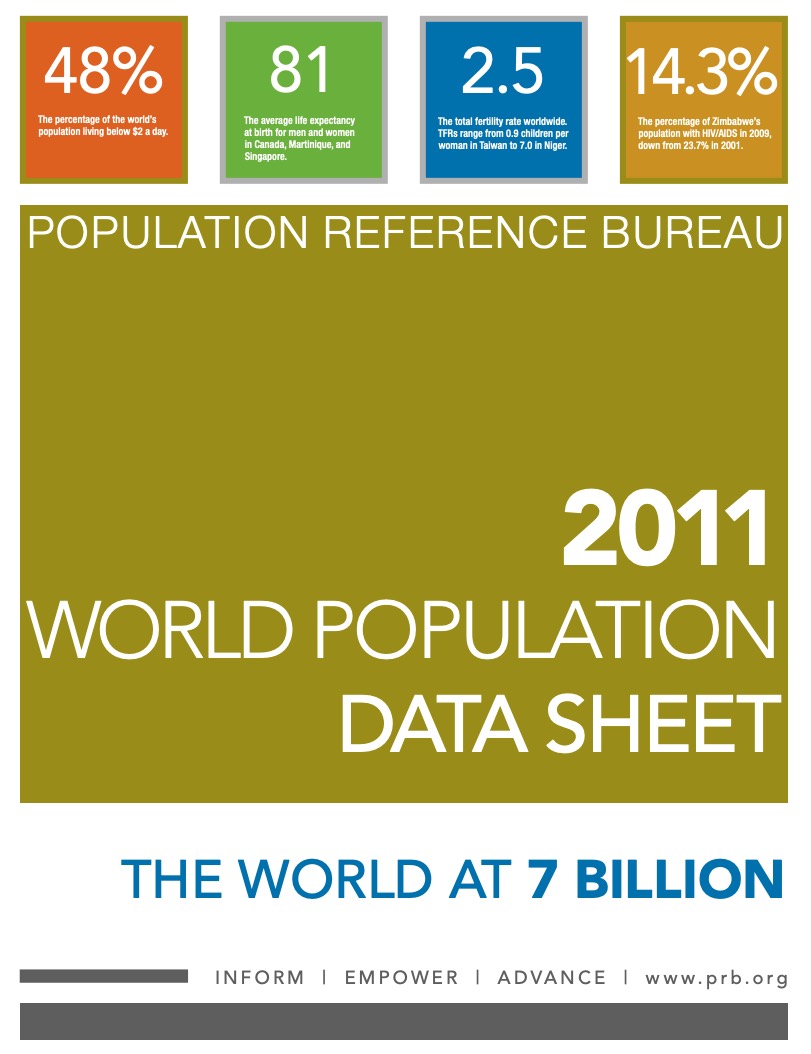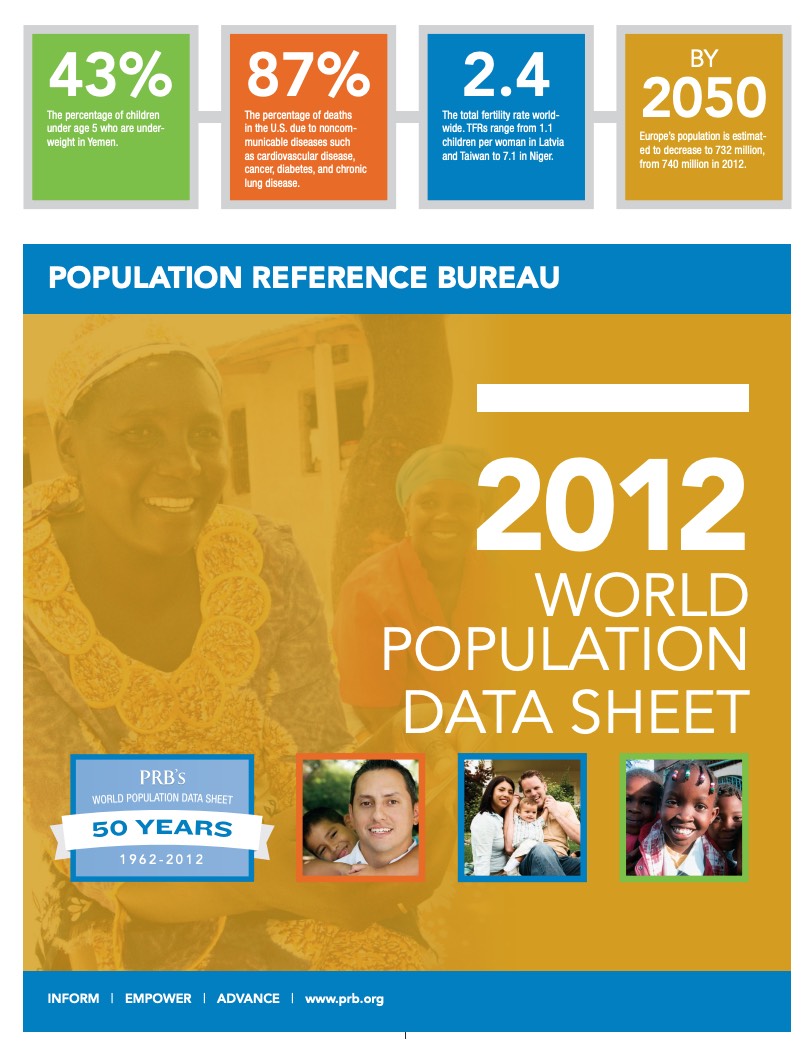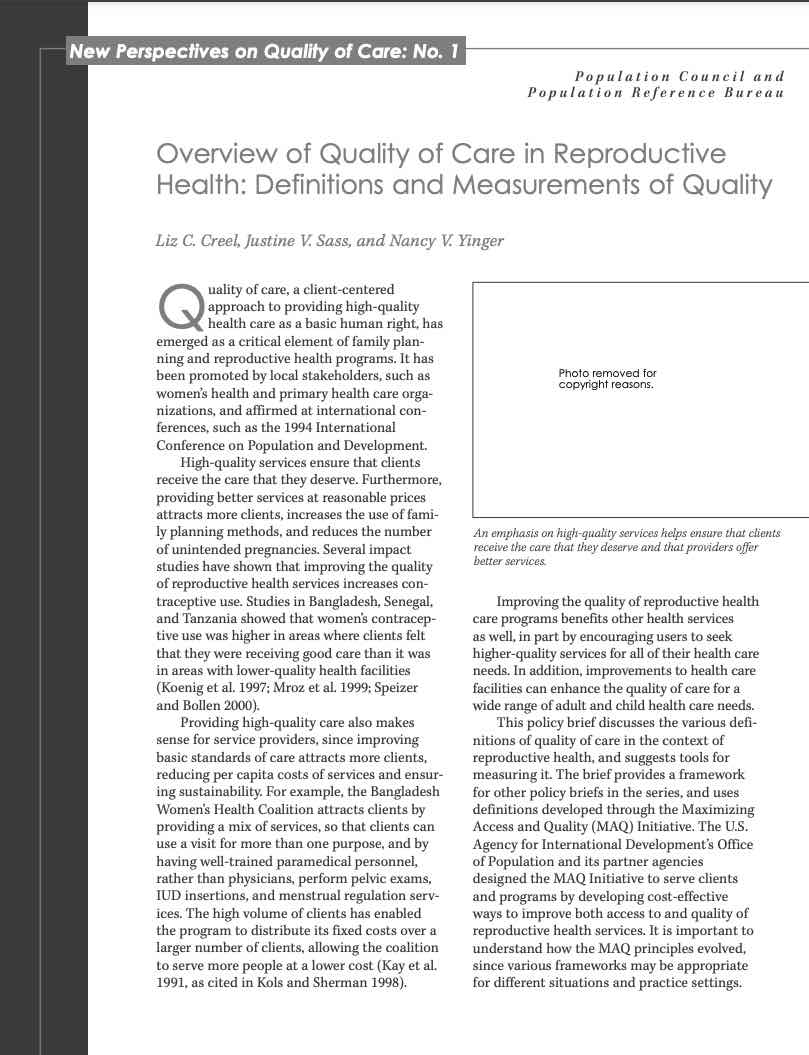The U.S. Decennial Census and the American Community Survey: Looking Back and Looking Ahead
(April 2011) On March 24, 2011, the U.S. Census Bureau released the final 2010 Census redistricting data files for each state that will be used to redraw federal, state, and local legislative districts

